The opioid crisis has become a public health emergency with more than 110 Americans dying daily from opioid-related overdose. CSIP and the Partnership to End Addiction have worked with partners and stakeholders to raise awareness about the dangers of misuse of opioids and provide additional resources that respond to the ongoing crisis of opioid addiction in the U.S. This is a nationwide problem that requires a nationwide effort. At the same time, we have worked closely with state government partners in North Carolina, Connecticut and others states promoting local responses to the crisis as well. Finally, we are working with several of our members leveraging the work of technology companies in this ongoing effort.
About the Partnership to End Addiction
Our collaborator, the Partnership to End Addiction, provides personalized support and resources for families impacted by addiction, while mobilizing policymakers, researchers and health care professionals to more effectively address addiction systemically on a national scale. Call the Helpline, connect via live chat or email us to get one-on-one help to address your child’s substance use. All communications are free and confidential.
Addiction Support Resources
More Americans see opioid addiction as a significant issue for their community today than in 2016, according to a recent survey by The Associated Press-NORC Center for Public Affairs Research. Forty-three percent of Americans say the use of prescription pain drugs is a serious problem in their community, up from 33 percent two years ago. Additionally, 37 percent see heroin as a serious concern locally, up from 32 percent in 2016. Read More The American Pharmacists Association, through its Opioid Use, Abuse and Misuse Resource Center, works to engage pharmacists and other health professionals in the latest recommendations and guidance on opioid drug abuse prevention, education, and assistance. Includes resource guides, training webinars, opioid news alerts, and more. In response to the opioid epidemic, the US Food and Drug Administration (FDA) commissioned the National Academies of Sciences, Engineering, and Medicine to form a committee to update its 2011 report Relieving Pain in America: A Blueprint for Transforming Prevention, Care, Education, and Research. The goal was for the committee to address the role of opioids in pain management, review the epidemiology of the opioid epidemic and the strategies to address it, and to identify actions that FDA and other government offices and organizations can take to address it. There was a also a focus on identifying the individual and society-level considerations in developing a “risk-benefit framework for opioid approval and monitoring.” The findings of the committee are presented in a new report from the National Academies. Nearly 2,500 teens begin abusing prescription drugs each day (source: SAMHSA). The CRC Health Group created this infographic to increase awareness about the potential dangers of prescription medications. They also provide tips for prescription drug safety and provide a search feature to find a treatment facility for those struggling with prescription drug addiction. In October 2017, the National Center on Addiction and Substance Abuse (CASA) published a guide to support State-level policymakers in identifying mechanisms for preventing opioid addiction, reducing deaths from overdoses, and improving treatment programs. It also presented research and guidance on improving addiction care in the criminal justice system. The rise in opioid addiction and death in the U.S. cannot be overstated, and the lack of coordinated federal efforts leaves the burden on State and local governments and partners. This guide provides key recommendations on a public health approach to managing the opioid epidemic. Read the complete guide from CASA. As people approach retirement, various life changes can lead to an increase in prescription drug abuse. These life changes – like divorce, an empty nest, or the loss of a parent or a spouse – may lead a person to feel more socially isolated and turn to addictive substances as a means to self-medicate difficult feelings and emotions. Retirement also can prompt anxiety and stress. As older individuals approach these transitional life events, it is important for family members to be actively aware of any changes in their behavior that may reflect opioid misuse. Prescription opioids can be used appropriately, as prescribed by a doctor, in a couple ways. They can be taken orally in their original pill form, or they can be administered by an oral film patch, which dissolves in the mouth. Opioids can also be administered intravenously, in cases of pain management. Prescription opioids can be misused a number of ways, too. View the resource from Shatterproof. Over-the-counter (OTC) medicines are those that can be sold directly to people without a prescription. OTC medicines treat a variety of illnesses and their symptoms including pain, coughs and colds, diarrhea, constipation, acne, and others. Some OTC medicines have active ingredients with the potential for misuse at higher-than-recommended dosages. Misuse of an OTC medicine means taking medicine in a way or dose other than directed on the package, taking medicine for the effect it causes— for example, to get high, or mixing OTC medicines together to create new products. View the fact sheet from the National Institute on Drug Abuse. According to research conducted by the Partnership for Drug-Free Kids, one in four teens say they have taken a prescription medicine – that was not prescribed to them — at least once in their lifetime. This behavior cuts across geographic, racial, ethnic and socioeconomic boundaries. Two-thirds (66 percent) of teens who report abuse of prescription pain relievers are getting them from friends, family and acquaintances. View the fact sheet from the Partnership and The Medicine Abuse Project. Realizing that your teen or young adult child needs help for his or her substance use can be scary and overwhelming, and chances are you have no idea where to begin. There is no one-size-fits-all answer so it can take a fair amount of research to figure out what type of help your child needs, and how to get it. No matter where you are emotionally, mentally or physically, our collaborator, the Partnership for Drug Free Kids, can help.
AP-NORC Study: Americans Recognize the Growing Problem of Opioid Addiction
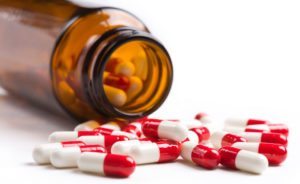
APhA Opioid Use, Abuse and Misuse Resource Center
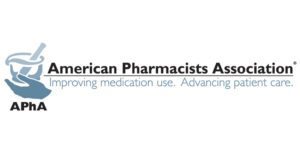
Confronting Pain Management and the Opioid Epidemic
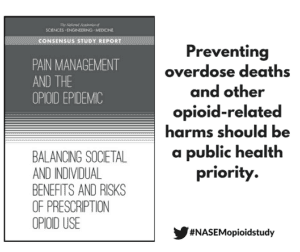
CRC Health Group: Protecting Teens from Prescription Drug Abuse
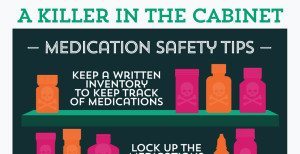
Ending the opioid crisis: A practical guide for state policymakers
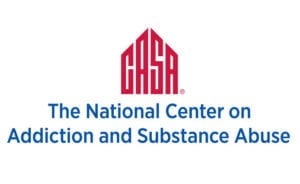
Fact Sheet: Opioid Addiction and Older Adults

Fact Sheet: Opioids – What They Are and How They Work
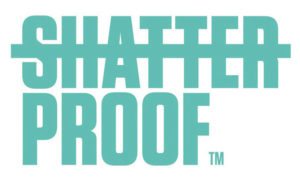
Fact Sheet: Over-the-Counter Medicine
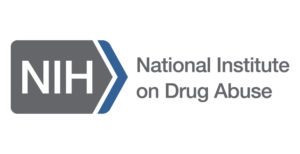
Fact Sheet: Preventing Teen Prescription Medicine Abuse
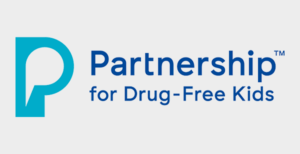
How To Navigate the Addiction Treatment System




